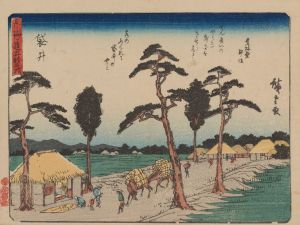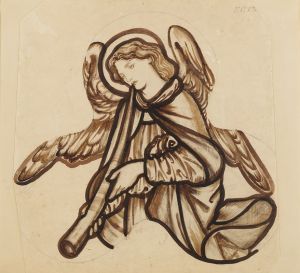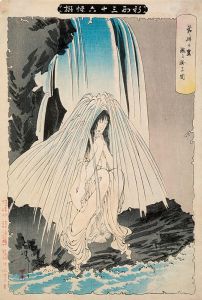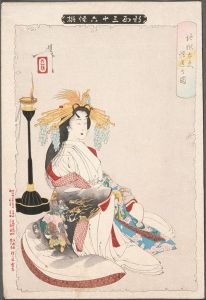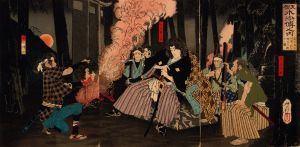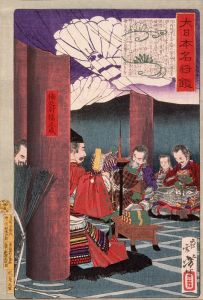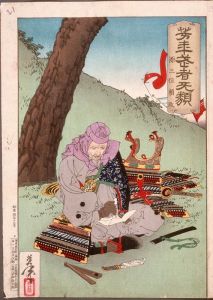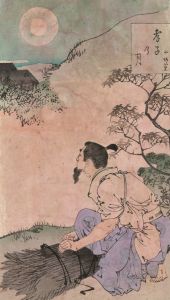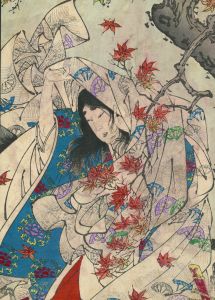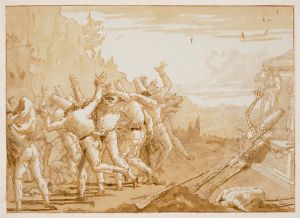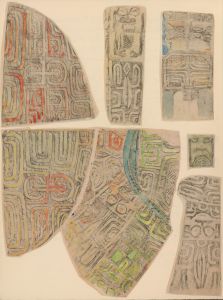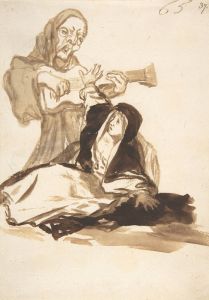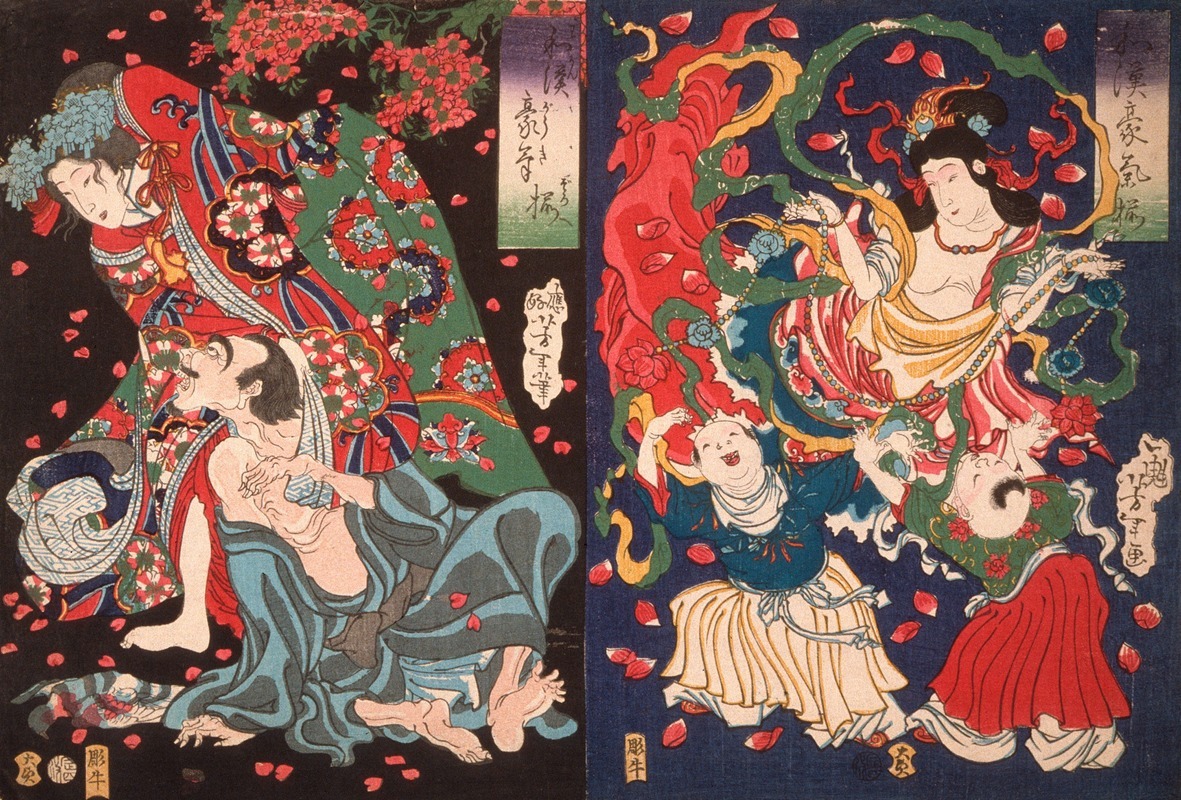
Seigen and Sakurahime; Angel with Two Children
A hand-painted replica of Tsukioka Yoshitoshi’s masterpiece Seigen and Sakurahime; Angel with Two Children, meticulously crafted by professional artists to capture the true essence of the original. Each piece is created with museum-quality canvas and rare mineral pigments, carefully painted by experienced artists with delicate brushstrokes and rich, layered colors to perfectly recreate the texture of the original artwork. Unlike machine-printed reproductions, this hand-painted version brings the painting to life, infused with the artist’s emotions and skill in every stroke. Whether for personal collection or home decoration, it instantly elevates the artistic atmosphere of any space.
Tsukioka Yoshitoshi (1839–1892) was a renowned Japanese artist known for his work in ukiyo-e, a genre of woodblock prints and paintings that flourished in Japan from the 17th through 19th centuries. Yoshitoshi is often celebrated for his innovative and dramatic style, which helped to revitalize the ukiyo-e tradition during a period of significant cultural and social change in Japan. One of his notable works is "Seigen and Sakurahime; Angel with Two Children."
"Seigen and Sakurahime; Angel with Two Children" is part of Yoshitoshi's series "New Forms of Thirty-Six Ghosts" (Shinkei Sanjūrokkaisen), which was published between 1889 and 1892. This series is a collection of supernatural-themed prints that depict various ghosts, spirits, and mythical beings from Japanese folklore and literature. Yoshitoshi's work in this series is characterized by its vivid imagery, intricate details, and a blend of traditional and modern artistic techniques.
The print "Seigen and Sakurahime; Angel with Two Children" draws inspiration from Japanese legends and kabuki theater, a classical form of Japanese drama known for its stylized performances and elaborate costumes. The story of Seigen and Sakurahime is a tragic tale of love and betrayal. Seigen was a monk who fell in love with Sakurahime, a young woman. Their forbidden love led to a series of dramatic events, often depicted in kabuki plays and other forms of Japanese art.
In Yoshitoshi's depiction, the characters are rendered with a sense of drama and emotion, capturing the intensity of their story. The angelic figure with two children adds a layer of mystery and supernatural intrigue to the scene, aligning with the themes of the "New Forms of Thirty-Six Ghosts" series. Yoshitoshi's use of color, line work, and composition in this print exemplifies his mastery of the ukiyo-e style and his ability to convey complex narratives through visual art.
Yoshitoshi's work, including "Seigen and Sakurahime; Angel with Two Children," is significant not only for its artistic merit but also for its cultural and historical context. During the late 19th century, Japan was undergoing rapid modernization and Westernization, which posed challenges to traditional art forms like ukiyo-e. Yoshitoshi's prints, with their innovative approach and engagement with contemporary themes, played a crucial role in preserving and transforming the ukiyo-e tradition.
Today, Yoshitoshi is regarded as one of the last great masters of ukiyo-e, and his works continue to be studied and appreciated for their artistic brilliance and cultural significance. "Seigen and Sakurahime; Angel with Two Children" remains a testament to his skill in blending traditional Japanese aesthetics with new artistic ideas, creating works that resonate with audiences both in his time and in the present day.





